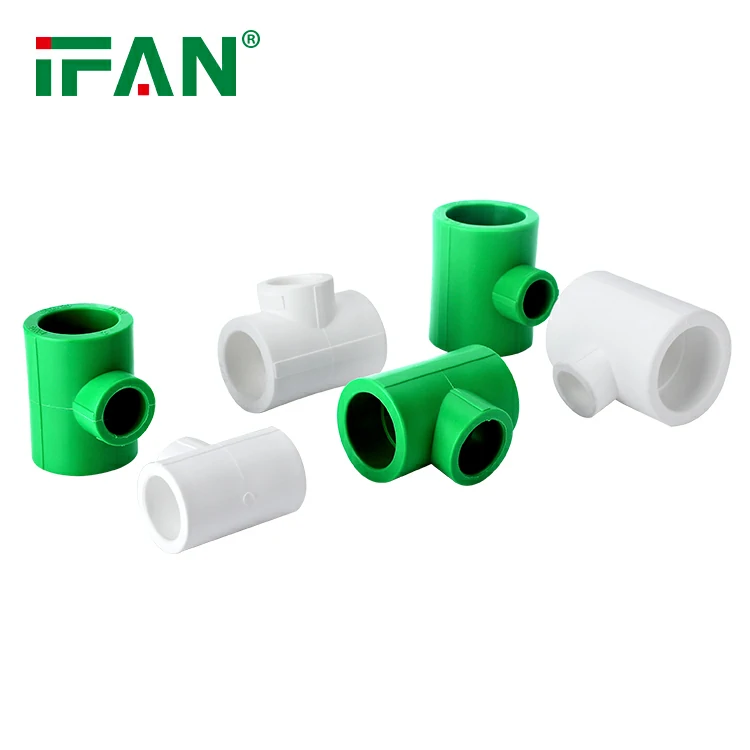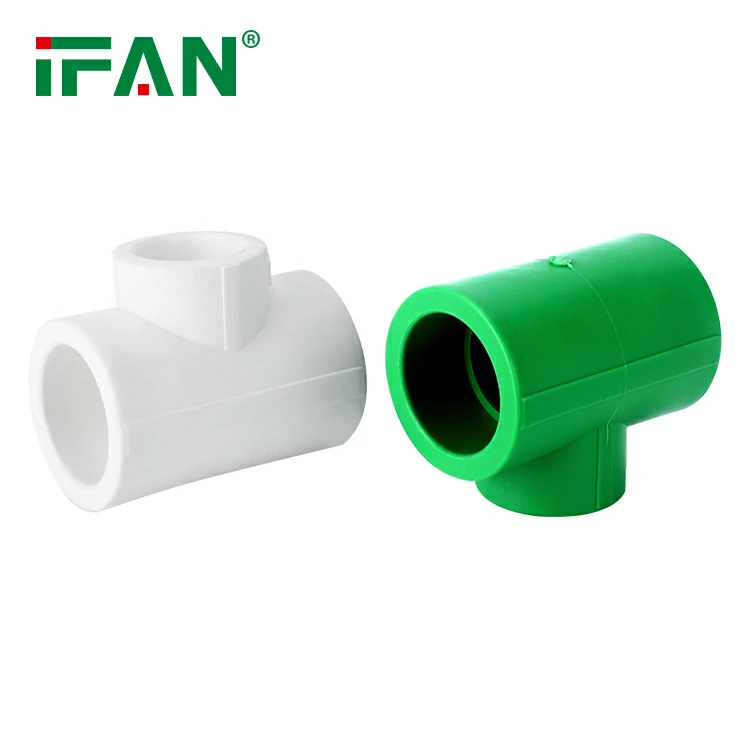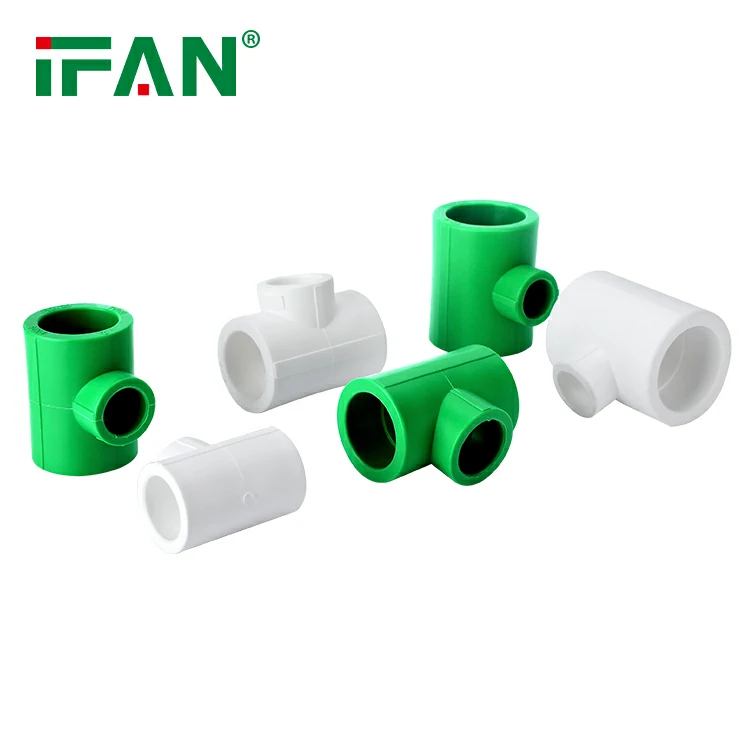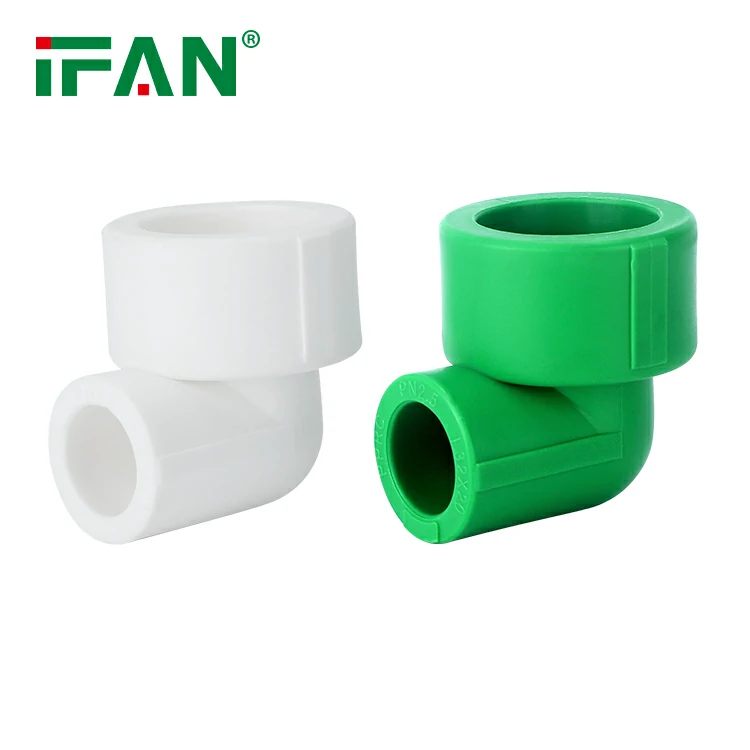PEX press fitting systems have become a popular choice in plumbing for both residential and commercial applications. Their efficiency, durability, and ease of installation make them a go-to solution for many contractors and DIY enthusiasts alike. If you’re considering using PEX press fittings in your plumbing project, understanding the key components, benefits, and installation process will ensure you get the best results. This article provides a comprehensive rundown of PEX press fitting systems, with a focus on their advantages and best practices for use.
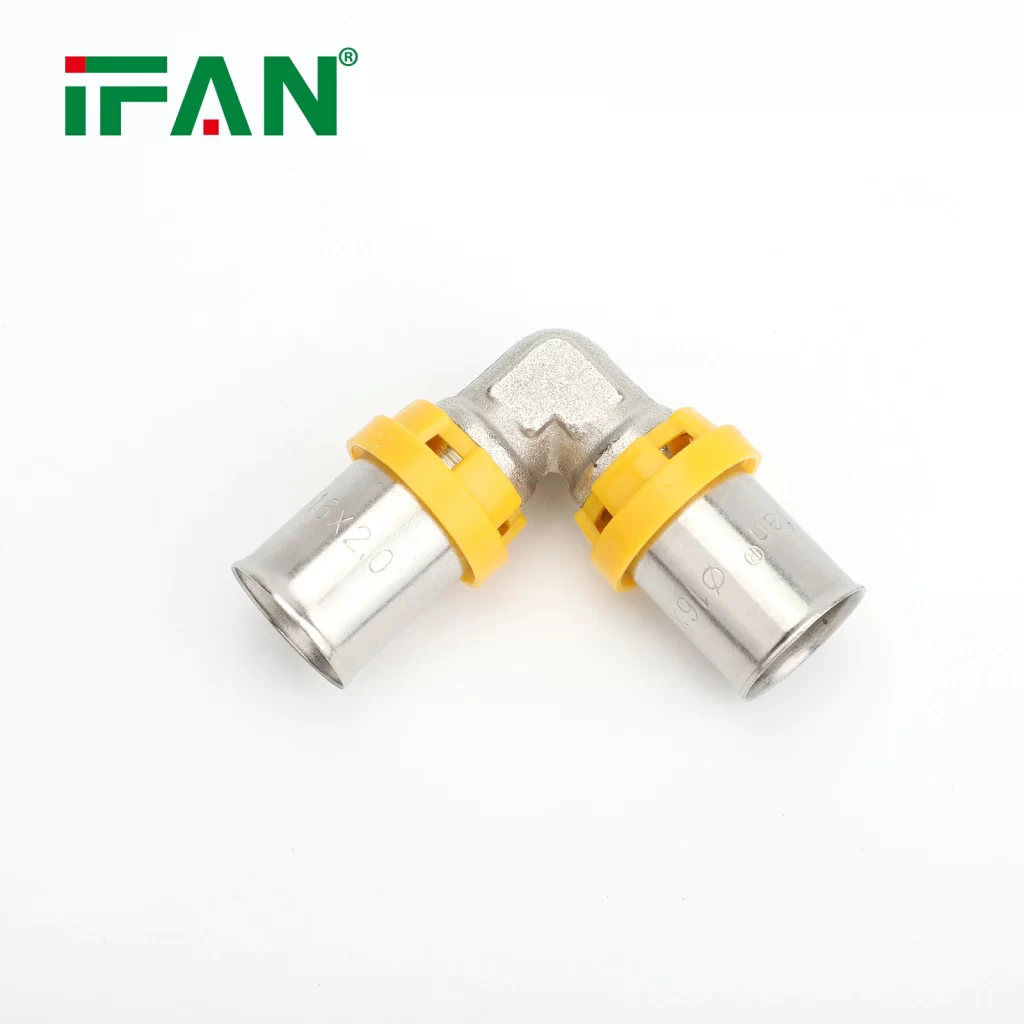
What Are PEX Press Fitting Systems?
PEX press fittings are an integral part of modern plumbing systems that utilize cross-linked polyethylene (PEX) pipes. Unlike traditional plumbing methods that require soldering or clamping, PEX press fitting systems use a specialized tool to press a fitting onto a PEX pipe, forming a secure, leak-proof connection. These systems have grown in popularity due to their efficiency and ease of use, especially in residential water distribution and radiant heating systems.
Key Components of a PEX Press Fitting System
A typical PEX press fitting system includes the following components:
- PEX Pipes: These are the flexible tubes made of cross-linked polyethylene, which are commonly used in residential and commercial plumbing systems due to their resistance to corrosion and scaling.
- Press Fittings: These fittings come in various shapes and sizes, such as elbows, tees, couplings, and adapters. Made from materials like brass or stainless steel, press fittings are designed to be durable and corrosion-resistant.
- Press Tool: The press tool is a specialized device that applies the pressure needed to secure the fitting onto the PEX pipe. The tool ensures that the connection is tight and leak-proof.
- O-rings or Seals: Most PEX press fittings have built-in O-rings or seals that create a tight barrier between the pipe and the fitting, preventing leaks.
- Support Sleeves or Insert Fittings: These are sometimes used to provide additional stability or support to the connection, particularly when dealing with larger pipes.
Advantages of PEX Press Fitting Systems
PEX press fitting systems offer several advantages over traditional plumbing methods, making them an attractive choice for many plumbing projects. Here are some of the key benefits:
1. Quick and Easy Installation
One of the biggest advantages of PEX press fitting systems is the speed and simplicity of installation. Unlike soldering, which requires heating and precise timing, PEX press fittings only require the use of a press tool. This means less skill is needed, and the installation can be completed more quickly, saving both time and labor costs.
2. Durability and Long-Lasting Performance
PEX press fittings are built to last. Made from corrosion-resistant materials like brass or stainless steel, these fittings provide superior durability compared to older materials like copper or galvanized steel. The PEX pipes themselves are also highly resistant to rust, scale, and freezing, which makes them ideal for a wide range of environments and conditions.
3. Leak-Proof Connections
The press-fit technology ensures that each connection is tight and secure, preventing leaks. Once the fitting is pressed onto the pipe using the press tool, the O-ring or seal creates a permanent barrier that prevents water from escaping. This is one of the most important features, as leaks in plumbing systems can cause significant damage over time.
4. Versatility in Applications
PEX press fittings are highly versatile and can be used for a variety of applications. They are commonly used in water supply systems, radiant floor heating systems, and hydronic heating systems. These fittings can also be used for both residential and commercial plumbing installations, making them a flexible option for plumbers and homeowners alike.
5. Reduced Maintenance Costs
Because PEX press fittings are highly durable and resistant to corrosion and leaks, they require less maintenance compared to traditional fittings. Over time, this reduces the need for costly repairs and replacements, making PEX press fitting systems a cost-effective long-term solution for plumbing.
The Installation Process for PEX Press Fitting Systems
Installing a PEX press fitting system is a relatively straightforward process, especially with the right tools and materials. Here’s a step-by-step guide to the installation process:
- Preparation: Begin by measuring and cutting your PEX pipe to the required length using a PEX cutter. Make sure the pipe ends are clean and free from any burrs that could affect the connection.
- Selecting the Right Fittings: Choose the appropriate PEX press fittings for your project. Make sure the fittings are compatible with the PEX pipe you’re using (i.e., PEX-a, PEX-b, or PEX-c).
- Insert the Pipe into the Fitting: Slide the PEX pipe into the press fitting, ensuring that the pipe is fully inserted into the fitting.
- Use the Press Tool: Using the specialized press tool, clamp down on the fitting to create a secure, leak-proof connection. The tool applies the necessary pressure to compress the fitting and create a tight seal between the pipe and the fitting.
- Check for Leaks: Once the connection is made, it’s important to check for leaks. If the connection is secure, no water should leak from the fitting.
- Testing the System: After the installation is complete, run water through the system and inspect all connections to ensure everything is functioning properly.
PEX Press Fittings vs. Other Plumbing Fitting Systems
Compared to other plumbing fitting systems like crimp or push-fit fittings, PEX press fittings offer a higher degree of security and reliability. The press-fit technology creates a strong, leak-proof seal that reduces the chances of failure over time. Additionally, press fittings are easier and faster to install than crimp fittings, which require specialized tools and more time.
Common FAQs About PEX Press Fitting Systems
- What makes PEX press fittings different from traditional copper fittings? PEX press fittings don’t require soldering, making them easier and faster to install than copper fittings. They are also more resistant to corrosion and scale buildup, which helps extend the life of the plumbing system.
- Do PEX press fittings require special tools for installation? Yes, PEX press fittings require a specialized press tool to create the connection. This tool ensures that the fitting is securely pressed onto the pipe, forming a leak-proof bond.
- Can I use PEX press fittings for both hot and cold water systems? Yes, PEX press fittings are designed to work for both hot and cold water systems. PEX itself is resistant to high temperatures, making it a reliable choice for water distribution systems.
- How do I ensure a leak-proof connection with PEX press fittings? To ensure a leak-proof connection, it is crucial to use the correct press tool and press the fitting onto the pipe properly. Make sure the O-ring or seal is properly positioned to prevent leaks.
- Are PEX press fittings compatible with all types of PEX pipes? PEX press fittings are generally compatible with PEX-a, PEX-b, and PEX-c pipes, but it’s important to verify compatibility with the specific pipe you’re using before installation.
Conclusion
PEX press fitting systems offer a practical, efficient, and durable solution for modern plumbing systems. Their ease of installation, versatility, and long-lasting performance make them an excellent choice for both professionals and homeowners. With proper tools and installation techniques, PEX press fittings can ensure secure, leak-proof connections that will last for years to come.
By understanding how PEX press fitting systems work and their advantages, you can confidently tackle plumbing projects with efficiency and reliability.

